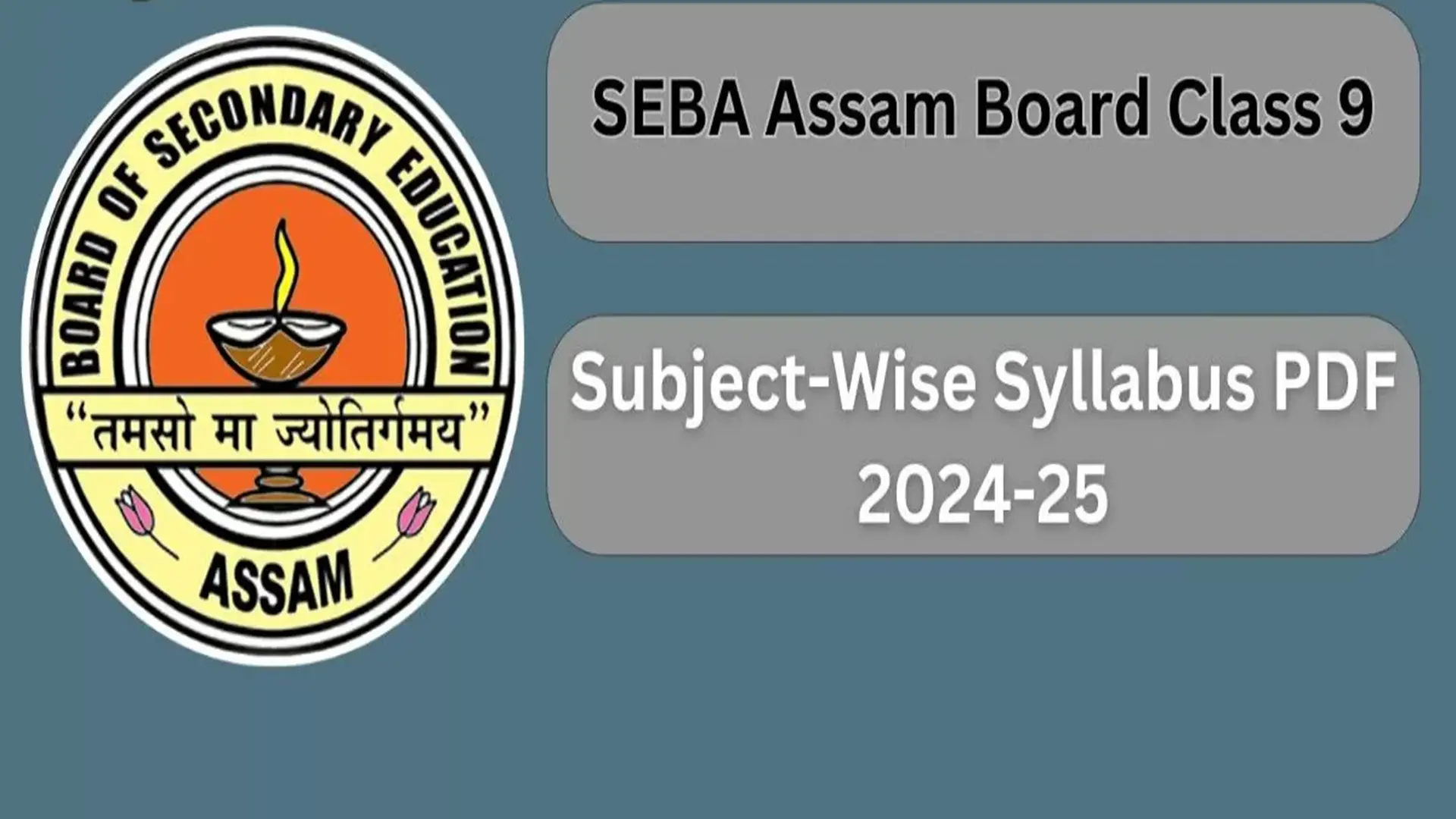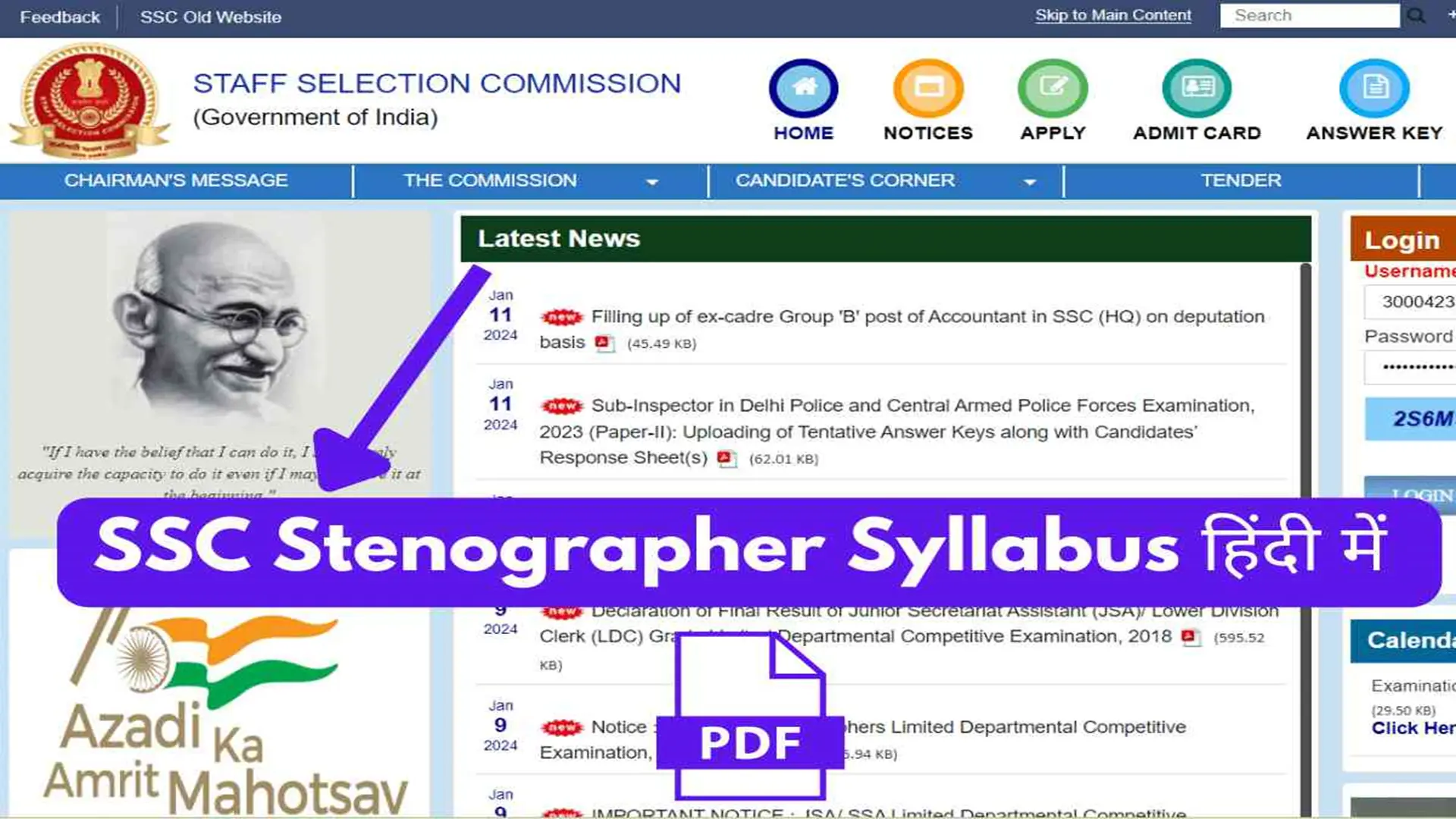CBSE कक्षा 10 बोर्ड परीक्षा 2021 के लिए ‘वास्तविक संख्याएँ’ से जरूरी MCQs यहाँ देखें! हर प्रश्न के विस्तृत समाधान सहित! ये MCQs आपको गणित की कक्षा 10 की परीक्षा में मौलिक सिद्धांतों को समझने और शानदार तैयारी करने में मदद करेंगे।
Check below the solved MCQs from Class 10 Maths Chapter 1 Real Numbers:

(A) one decimal place
(B) two decimal places
(C) three decimal places
(D) more than 3 decimal places
Answer: B
Explanation: The termination of any rational number depends upon the power of 2 in the prime factorization of denominator.
2. For some integer m, every odd integer is of the form
(A) m
(B) m + 1
(C) 2m
(D) 2m + 1
Answer: D
Explanation: As the number 2m will always be even, so if we add 1 to it then, the number will always be odd.
3. If two positive integers a and b are written as a = p3q2 and b = pq3; p, q are prime numbers, then HCF (a, b) is:
(A) pq
(B) pq2
(C) p3q3
(D) p2q2
Answer: B
Explanation: Since a = p × p × p × q × q,
b = p × q × q × q
Therefore H.C.F of a and b = pq2
4. The product of a non-zero number and an irrational number is:
(A) always irrational
(B) always rational
(C) rational or irrational
(D) one
Answer: A
Explanation: Product of a non-zero rational and an irrational number is always irrational i.e.,

5. If the HCF of 65 and 117 is expressible in the form 65 m – 117, then the value of m is
(A) 4
(B) 2
(C) 1
(D) 3
Answer: B
Explanation: By Euclid’s division algorithm,

6. The largest number which divides 70 and 125, leaving remainders 5 and 8, respectively, is
(A) 13
(B) 65
(C) 875
(D) 1750
Answer: A
Explanation: Since 5 and 8 are the remainders of 70 and 125, respectively. Thus after subtracting these remainders from the numbers, we have the numbers
65 = (70 − 5), 117 = (125 − 8) which is divisible by the required number.
Now required number = H.C.F of (65,117)

7. If two positive integers p and q can be expressed as p = ab2 and q = a3b; a, b being prime numbers, then LCM (p, q) is
(A) ab
(B) a2b2
(C) a3b2
(D) a3b3
Answer: C
Explanation:
p = a × b × b
q = a × a × a × b
Since L.C.M is the product of the greatest power of each prime factor involved in the numbers
Therefore, L.C.M of p and q = a3b2
8. The values of the remainder r, when a positive integer a is divided by 3 are:
(A) 0, 1, 2, 3
(B) 0, 1
(C) 0, 1, 2
(D) 2, 3, 4
Answer: C
Explanation:
According to Euclid’s division lemma,
a = 3q + r, where 0 r < 3
As the number is divided by 3.So the remainder cannot be greater than divisor 3 also r is an integer. Therefore, the values of r can be 0, 1 or 2.

(A) Terminating decimal expansion
(B) Non–Terminating Non repeating decimal expansion
(C) Non–Terminating repeating decimal expansion
(D) None of these
Answer: A
Explanation: After simplification,

As the denominator has factor 53 × 22 and which is of the type 5m × 2n, So this is a terminating decimal expansion.
10. A rational number in its decimal expansion is 327.7081. What would be the prime factors of q when the number is expressed in the p/q form?
(A) 2 and 3
(B) 3 and 5
(C) 2, 3 and 5
(D) 2 and 5
Answer: D
Explanation: This can be explained as,

11. The least number that is divisible by all the numbers from 1 to 10 (both inclusive) is
(A) 10
(B) 100
(C) 2060
(D) 2520
Answer: D
Explanation: Factors of 1 to 10 numbers

L.C.M of numbers from 1 to 10 is =
12. n2 – 1 is divisible by 8, if n is
(A) an integer
(B) a natural number
(C) an odd integer greater than 1
(D) an even integer
Answer: C
Explanation: n can be even or odd
Case 1: If n is even

Case 2: If n is odd

Which is divisible by 8.
Similarly we can check for any integer.
13. If n is a rational number, then 52n − 22n is divisible by
(A) 3
(B) 7
(C) Both 3 and 7
(D) None of these
Answer: C
Explanation:
52n −22n is of the form a2n − b2n which is divisible by both (a + b) and (a – b).
So, 52n − 22n is divisible by both 7, 3.
14. The H.C.F of 441, 567 and 693 is
(A) 1
(B) 441
(C) 126
(D) 63
Answer: D
Explanation:
693 = 3×3×7×7
567 = 3×3×3×3×7
441 = 3×3×7×11
Therefore H.C.F of 693, 567 and 441 is 63.
15. On a morning walk, three persons step off together and their steps measure 40 cm, 42 cm and 45 cm, respectively. What is the minimum distance each should walk so that each can cover the same distance in complete steps?
(A) 2520cm
(B) 2525cm
(C) 2555cm
(D) 2528cm
Answer: A
Explanation: We need to find the L.C.M of 40, 42 and 45 cm to get the required minimum distance.
40 = 2×2×2×5
42 = 2×3×7
45 = 3×3×5
L.C.M. = 2×3×5×2×2×3×7 = 2520














